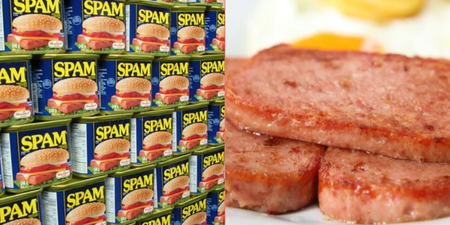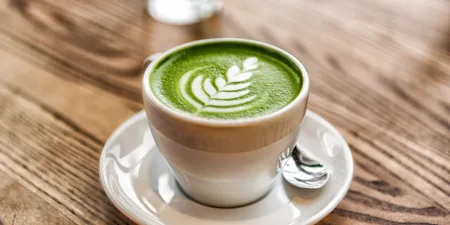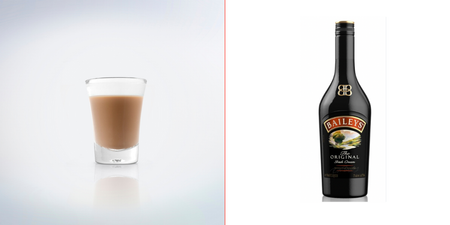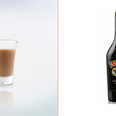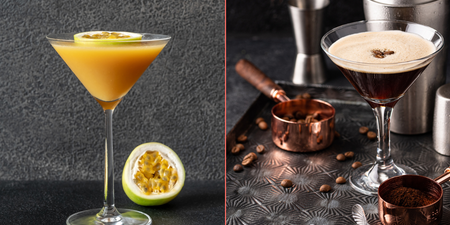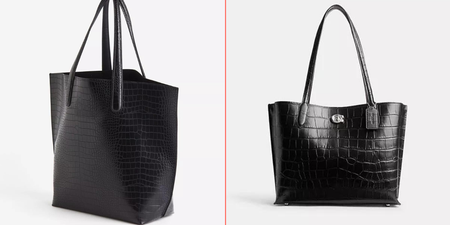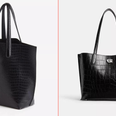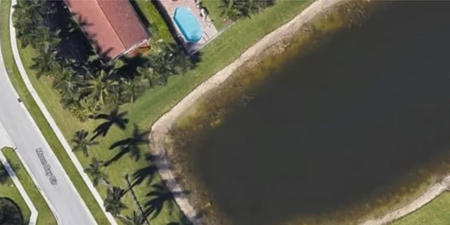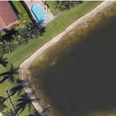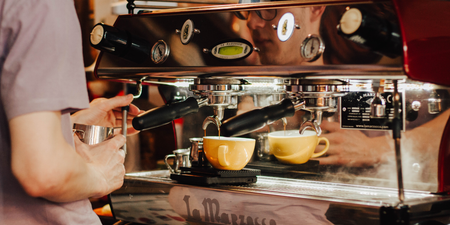Buying wine at a supermarket or your local off-licence can be a minefield.
With shelves and shelves worth of bottles, many with labels in foreign languages and industry jargon, it’s a lot easier to get things wrong than it is to get things right.
We know we’re no experts ourselves, so we decided to speak to someone who knows exactly what she’s talking about.
With that in mind, we caught up with wine buyer Frances Bentley to find out the answers to the questions you’ve always wanted to ask.
Is there a ‘cutoff’ price below which no supermarket wine is worth buying/above which it’s noticeably better?
Frances: Rule of thumb, spend at least a fiver.

Duty and overheads stay the same regardless of how much you pay, duty is NOT a percentage. It’s only when you start paying over a fiver that you are paying for the actual wine, and not duty, shipping, glass, etc. If you pay a fiver then because of the fact the fixed costs are the same, you will see the difference. If you then pay 8 or 9, you will actually see some attention to quality and not simply bulk produced juice.
Are there some grapes where the quality drops off more for cheaper bottles? Similarly are there any which you should look out for in particular when buying supermarket wins?
Everything drops off when you start to get cheaper! You need to take into account that the cheaper the wine, the less the supermarket will have been prepared to pay the producer and therefore they will not be using their best grapes or best techniques to produce a quality wine. Some are worse than others though, cheap Pinot Grigio is usually cut with another lesser grape, but to 15% sometimes, and this can make the wine more dilute and uninteresting.
Are there any giveaways on labels as to whether a wine is good or bad?
If you find ‘mis en bouteille’ on a French label it means that the wine was made and bottled at the winery, and is less likely to be a bulk wine, shipped elsewhere for bottling.
Try to avoid being swayed by terms like ‘reserve’ on wines from the new world as they have no legal definition and just tend to be thrown on their to fool consumers into thinking they’ve got something special; – terms like this mean something in Spain, but not in Chile or Argentina.
What are the main things to take into account for old world vs new world? Are certain regions markedly better for certain grapes (or even for red vs white)?
It’s all down to personal taste. Some regions my colleagues love, I’m not so fussed about. It’s worth making notes of what you like and doing a bit of reading, as nerdy as it sounds it does help and it makes you pay more attention to what it is you are drinking!
Each grape is different and performs differently in each country due to climate, terroir (a French term that encapsulates soil, aspect, microclimate etc), but then all winemakers are different.
Pinot Noir tends to like cooler climates, but there are instances where it does well in slightly warmer areas. There are some rules with where to grow grapes, but there are plenty of winemakers prepared to break them.
Does natural wine really give you less of a hangover, and if so why?
There’s a lot of speculation about natural wines, and personally I’m not convinced by them. Some people claim that they give you less of a hangover because they use minimal sulphites (the things added to stop the fermentation process), and often claim they’re allergic to sulphites, but there’s more sulphites in a handful of dried fruit than there are in even a normal bottle of wine.
If you’re getting a hangover from wine, maybe don’t open that third bottle!
How accurate are guidelines regarding which wine goes well with which food?
I might be spoiling it, but most wine goes with most food. Sommeliers don’t want you to know that, but what you do get is that there are some really good matches, and some really really bad ones. Most wine falls in the middle.
If you want to get a really good match you need to talk to someone who knows what they’re doing. It’s a topic I’ve taught a lot as I used to work as a sommelier and it’s still something I’m making new discoveries about, I love Fiona Beckett’s website and if you tweet her she can be really helpful!
Is there anything you can bring up in conversation to make your friends think you’re a wine expert, and is there anything that will mark your know-it-all mate out as a bullshitter when it comes to wine?
You can’t fake wine knowledge, but you can certainly avoid making common slip-ups. A few common ones are below:
- Screwcap wines are poor.
Wines under screwcap are just different, they stop cork taint from occurring and keep the wine clean and fresh. Wine also can age under screwcap, as the New Zealanders have proven in recent years.
- The thicker the ‘legs’ on the glass, the better the wine.
It might be more viscous but this is no indication of quality and just looks silly.
- Chardonnay is terrible.
I hear a lot of things like, ‘I hate Chardonnay, but love Chablis’ – Chablis is made from Chardonnay! One of the three grapes in Champagne is Chardonnay! It’s one of the most versatile and interesting grapes as it responds so well to a variety of soils and climates. If you’ve sworn off Chardonnay recently, try it from a different country or region and you may be surprised.










